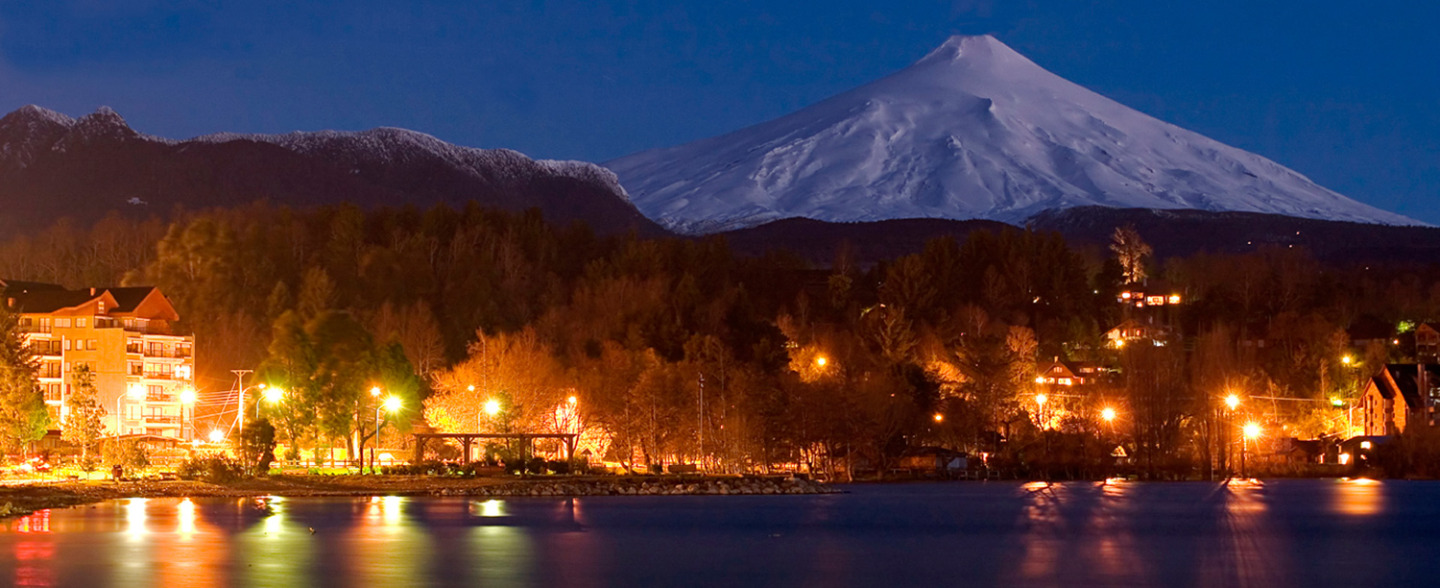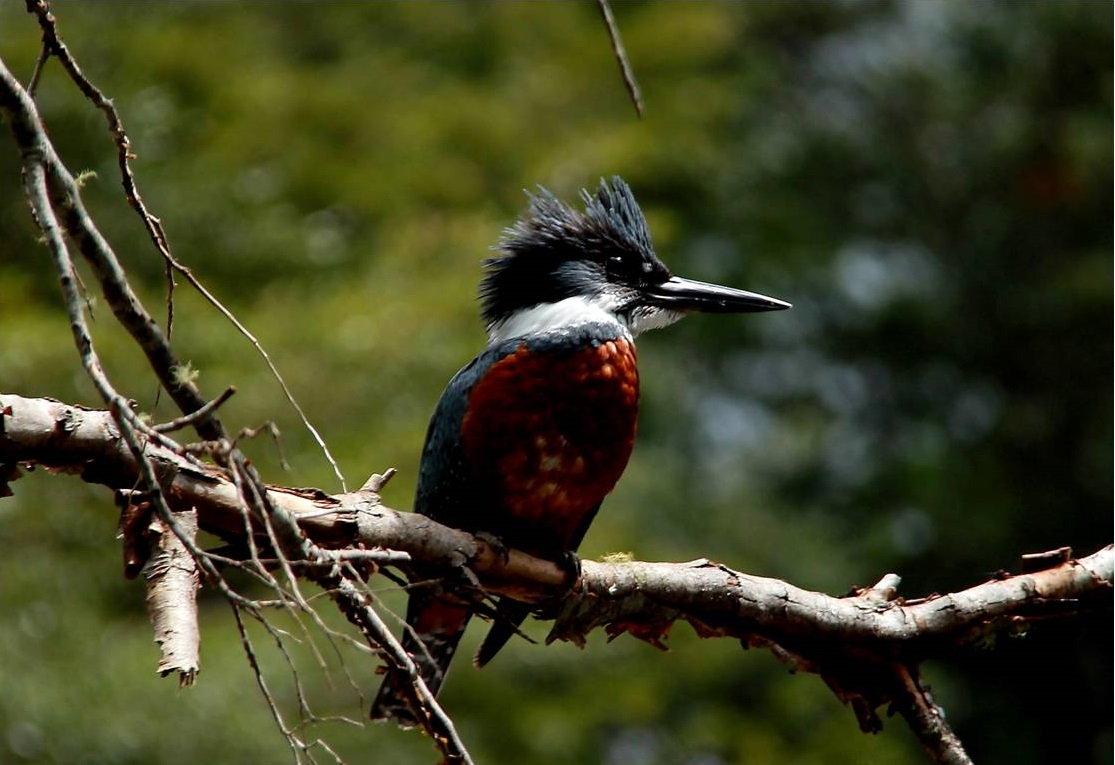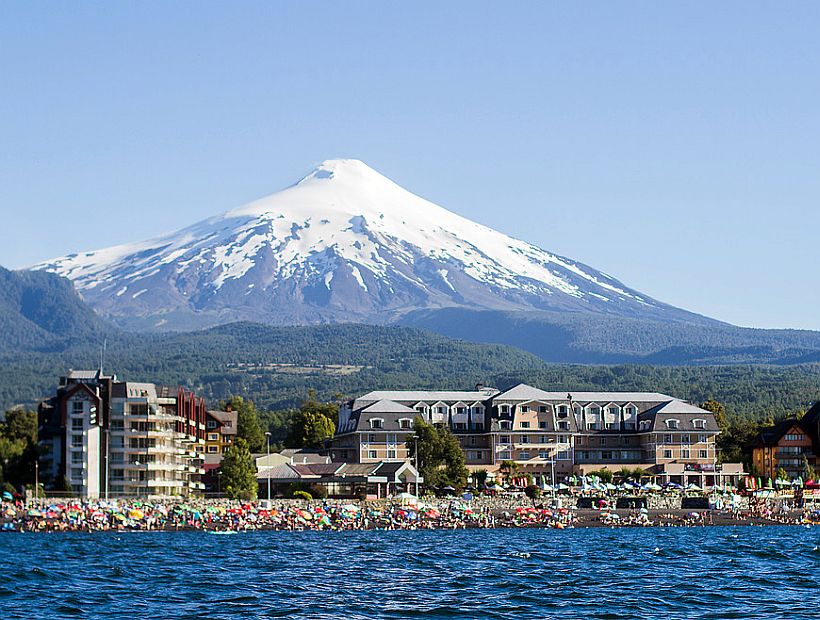HISTORY OF PUCóN AND VILLARRICA
The Valdivia area began to fill in 8000 BC, but the first traces of a population organized emerged between 300 and 1200 AD, where groups of hunter-gatherers who developed an incipient agriculture and livestock appeared. Over time these groups would become the Mapuche tribe.
In 1552, the Spaniard Geronimo de Alderete founded Villarrica on the banks of the Tolten river and the west side of Lake Villarrica, formerly Mallalafquén. Gold mines were expected to be found in the area and turned into a passage between the Pampas and the Atlantic.
The constant battles with the Mapuche broke the peace of the newly founded city, being evacuated in 1554 after the Battle of Tucapel. After being abandoned, it was completely destroyed by the Mapuche. That same year in October, Villarrica was resettled and started a large growth in the mining of gold and silver.
This boom lasted until 1598, with the Battle of Curalaba where the Mapuche were winners. They maintained their siege on the city until 1602, when again and definitely took it over and burned down what was left of their buildings.
The ruins of the city of Villarrica were abandoned for 280 years. In 1882, after the Parliament of Putue, they were able to approve the rebuilding of the area. In 1883 a fort was built in the area now corresponds to Pucon.
From the beginning years of Villarrica as a city, its beautiful surroundings, hot springs, lakes and snow-capped volcano became a tourist attraction spot, and in 1923 the first hotel was inaugurated in the city. Some boats made trips to Pucon tours to the volcano crater.
Pucon was always a vacation destination, especially visited by German settlers. This area, which was a military settlement in its beginning, to protect the borders of Villarrica, and became an attractive place that led to the construction of a hotel by part of the Ferrocarriles del Estado (State Railways), with a railway that made trips by train toto the zone.
With it, new hotels were established in the area, allowing sustained growth of the tourism industry which reached its peak in the 80s, and it is maintained until today.



